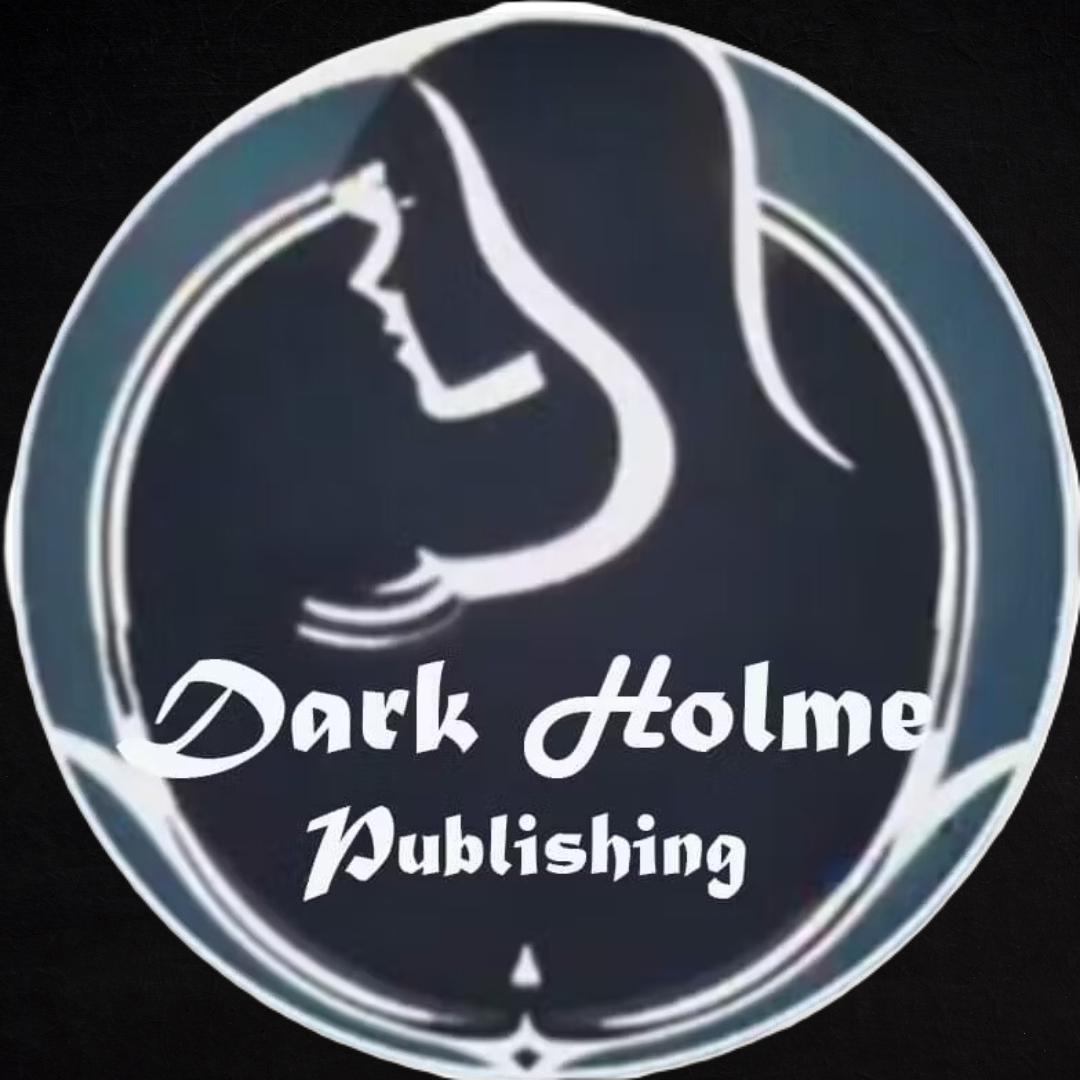Welcome to the first Crafting Nightmares Workshop! If you’ve ever wondered what it takes to create a truly terrifying story, you’ve come to the right place. This workshop is designed for both beginners and experienced writers looking to refine their craft and dive deeper into the elements of horror storytelling that will leave your readers on the edge of their seats.
In this first session, we will focus on Building Atmosphere and Tension—two of the most essential components of horror writing. These tools will help you create immersive worlds and stories that linger in the minds of your readers long after they’ve finished the last page.
Workshop Overview:
Part 1: The Power of Atmosphere Atmosphere is the foundation of horror. A strong, unsettling atmosphere doesn’t just create fear—it makes your reader feel as though they are living in your terrifying world. To build this kind of world, you must pay attention to every detail, from the setting to the sounds, to the smallest, unsettling movements.
Writing Exercise: Describing the Setting
Choose a setting for your horror story (it could be a haunted house, an abandoned asylum, a dark forest, etc.).
Write a detailed paragraph where you describe the setting in a way that makes it feel alive and menacing. Focus on sensory details: what can the characters see, hear, smell, and even taste? How does the environment feel (e.g., oppressive, claustrophobic, overwhelming)?
Pay special attention to creating an atmosphere of dread. Even the smallest detail can add to the feeling of unease.
Share your description in the forum and get feedback on how you can improve its horror potential.
Part 2: The Art of Building Tension Tension is the heartbeat of horror. Without it, fear is static. Your readers need to feel that something dreadful is about to happen, and you must control that tension throughout your story. This means learning how to pace your narrative, create suspense, and manage the ebb and flow of fear.
Writing Exercise: Creating Suspense
Write a scene that builds tension without immediately revealing the horror. For instance, you might have a character walking through an old house where strange noises are heard but not explained. The tension should rise, but the threat should remain unclear.
Focus on the pacing: How long can you keep the reader on edge before releasing (or withholding) information? How do you increase the stakes with each moment?
Consider how your character reacts to the growing tension. Are they aware of the danger, or are they oblivious? How does their fear affect the way they move through the environment?
Share your scene in the forum and discuss the methods you used to control the suspense.
Part 3: Fear Psychology – What Really Scares People? To truly create fear, you need to tap into universal fears. These fears might differ from person to person, but there are certain emotions and anxieties that tend to be universally unsettling: isolation, loss of control, the unknown, and the supernatural, to name a few. Horror writing thrives on exploiting these emotions, making them central to the characters’ experiences.
Writing Exercise: Playing on Common Fears
Think about a fear you personally experience or a fear you know others share. It could be something classic, like the fear of darkness, or something more specific, like the fear of being watched.
Write a short scene where your character is faced with this fear. Make the fear central to their experience, and use descriptive language to evoke an emotional reaction from your reader. How does the fear change the character’s behavior and perception of the world around them?
Post your scene for feedback and critique. Discuss how you incorporated a real fear into your story and what elements made it truly unnerving.
Part 4: Putting It All Together
In this final exercise, you’ll combine all the elements we’ve covered: atmosphere, tension, and fear psychology. Write a short scene (500–1000 words) where your character navigates through a terrifying situation. Use all three techniques to create a spine-chilling experience that builds steadily toward a powerful moment of horror.
Consider how the setting and atmosphere influence the growing tension. How do the character’s actions and perceptions deepen the fear?
Is there a moment where the tension is released, or does it build to a climax?
Is the fear based on a universal, primal fear, or something more personal and intimate?
After you’ve written your scene, post it in the forum for feedback. Focus on the feedback that highlights how well you’ve balanced all the elements of horror and what you can improve.
Final Thoughts:
This workshop is all about practice and refinement. Horror is an art form that can be mastered through experience and feedback, so don’t be afraid to experiment with different techniques. Share your work, offer feedback to others, and most importantly—embrace the terror of crafting nightmares.
We can’t wait to see the chilling creations you come up with. Your journey into writing horror begins here, and with each workshop, you’ll learn new techniques to unsettle your readers in ways they never expected.
Ready to start crafting your nightmare? Let’s dive into the darkness!


1.png)